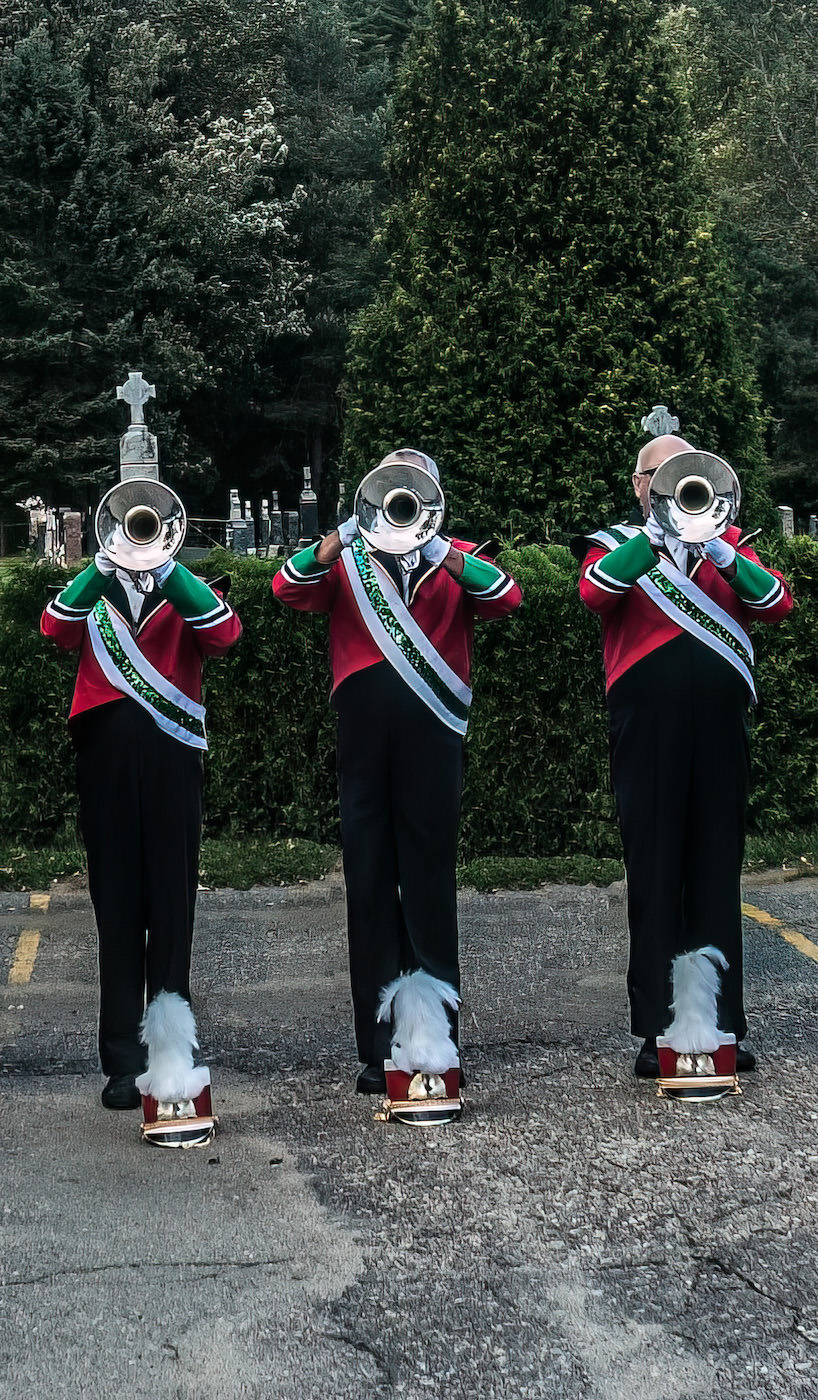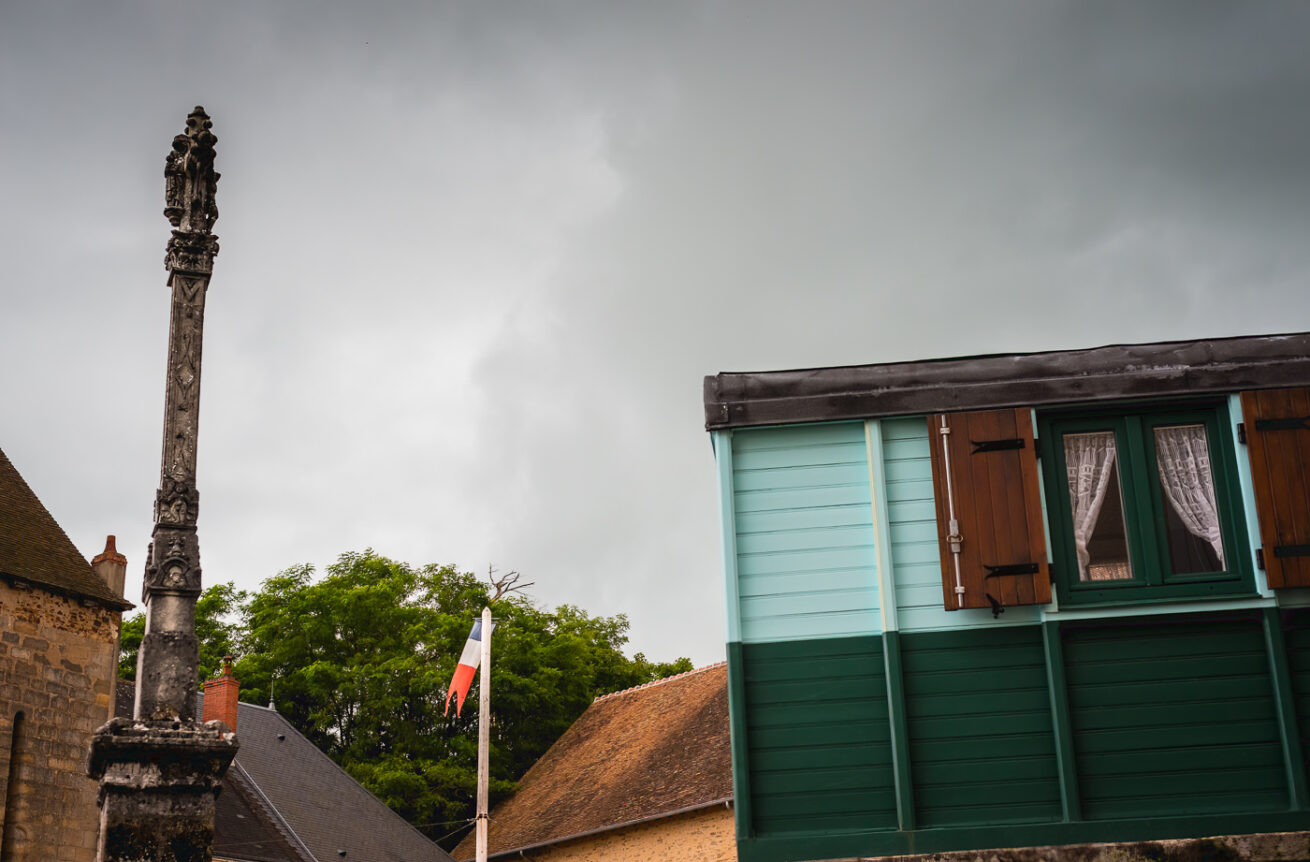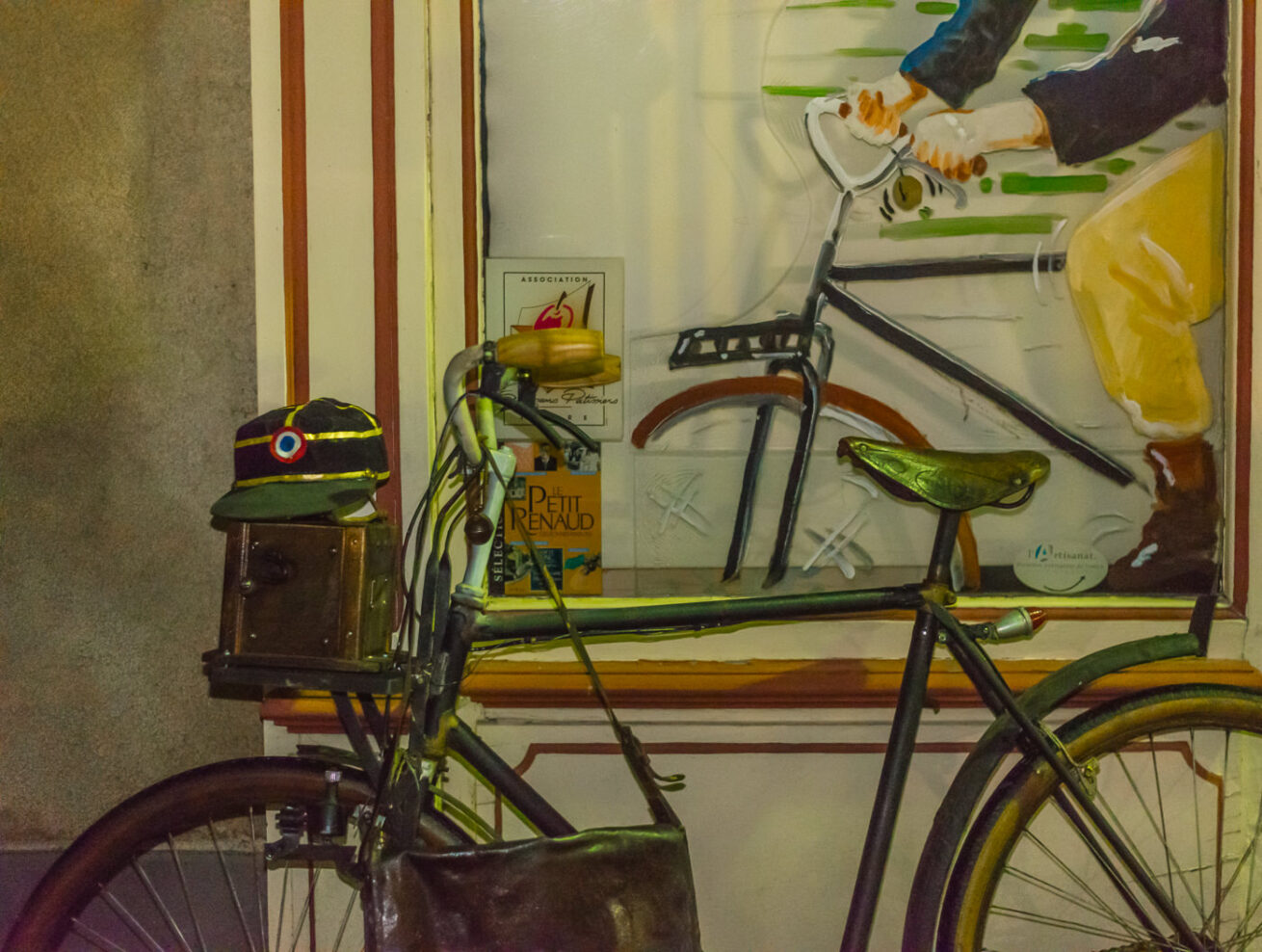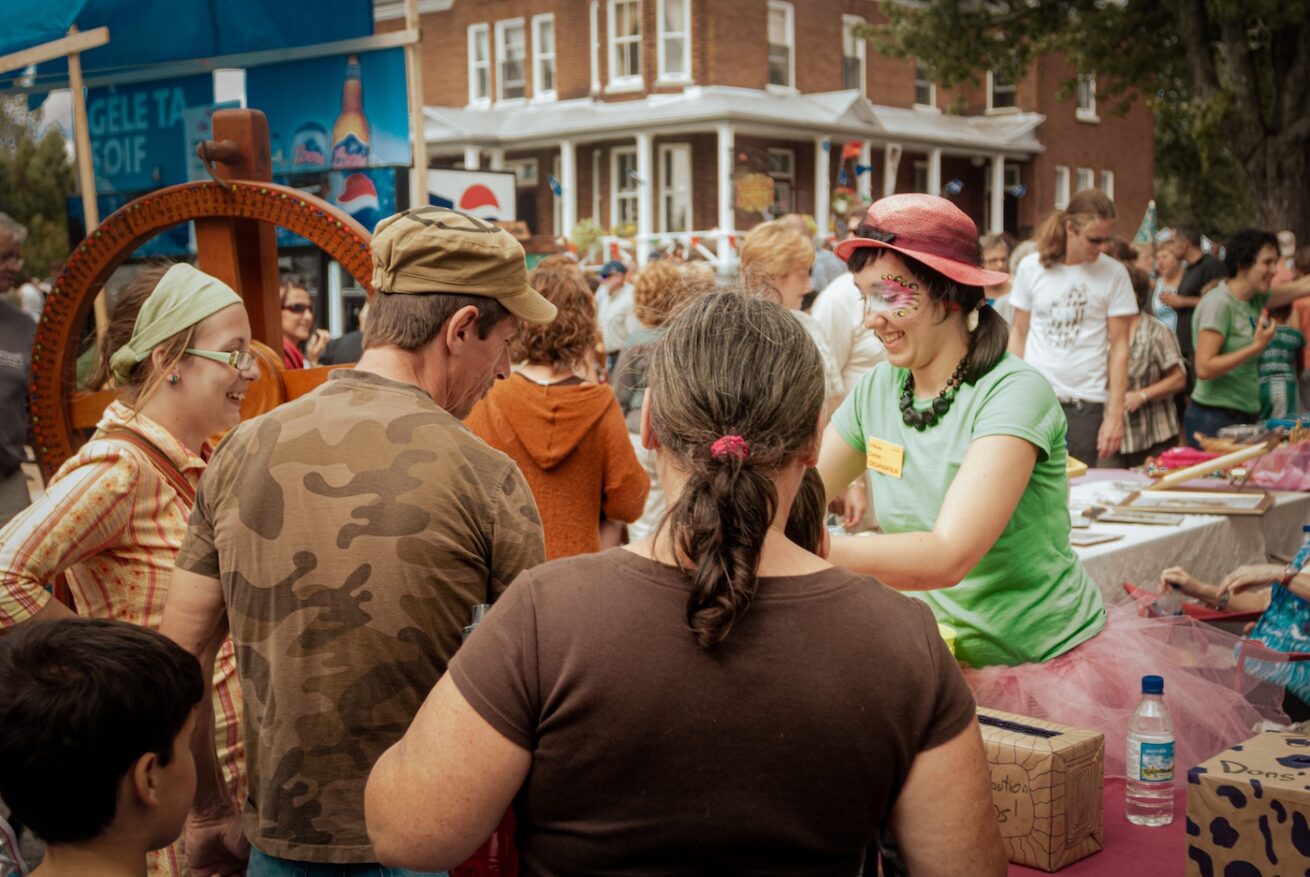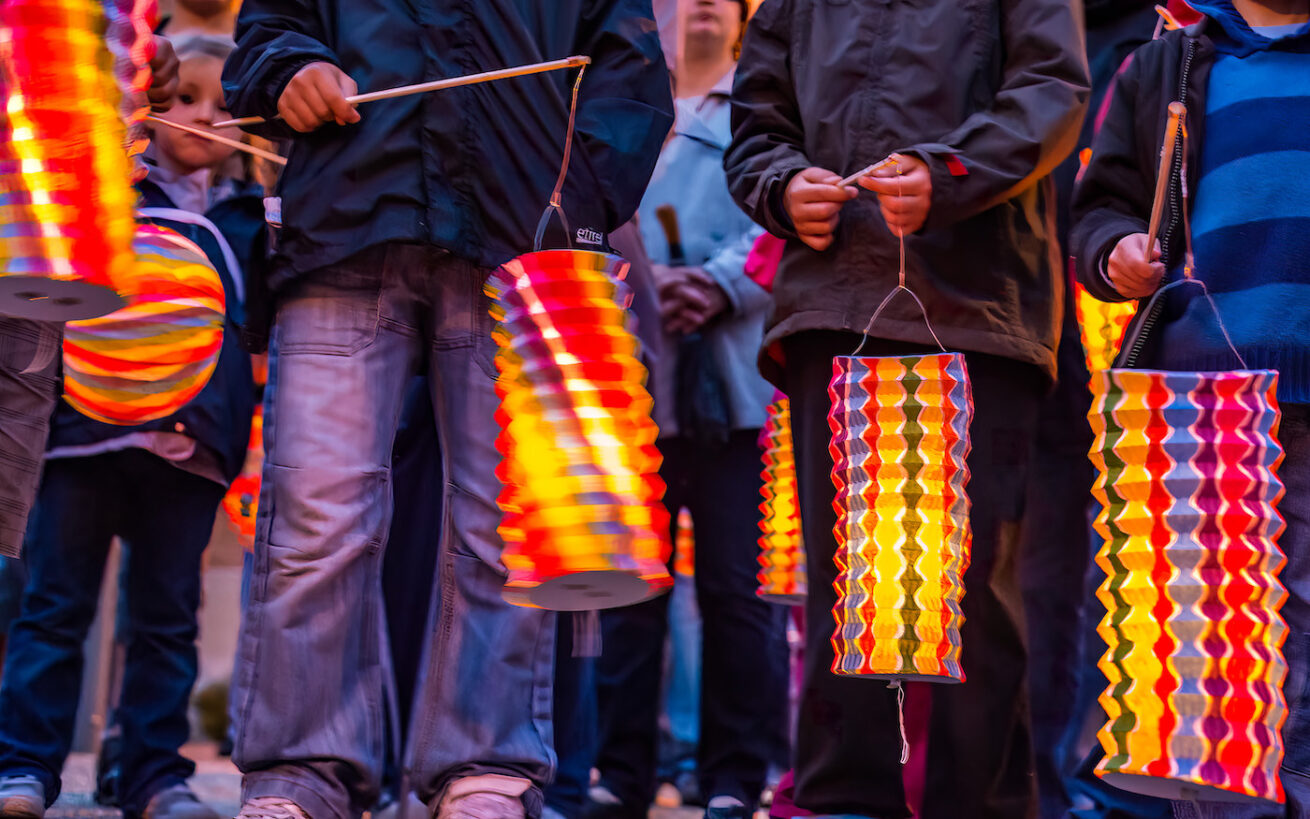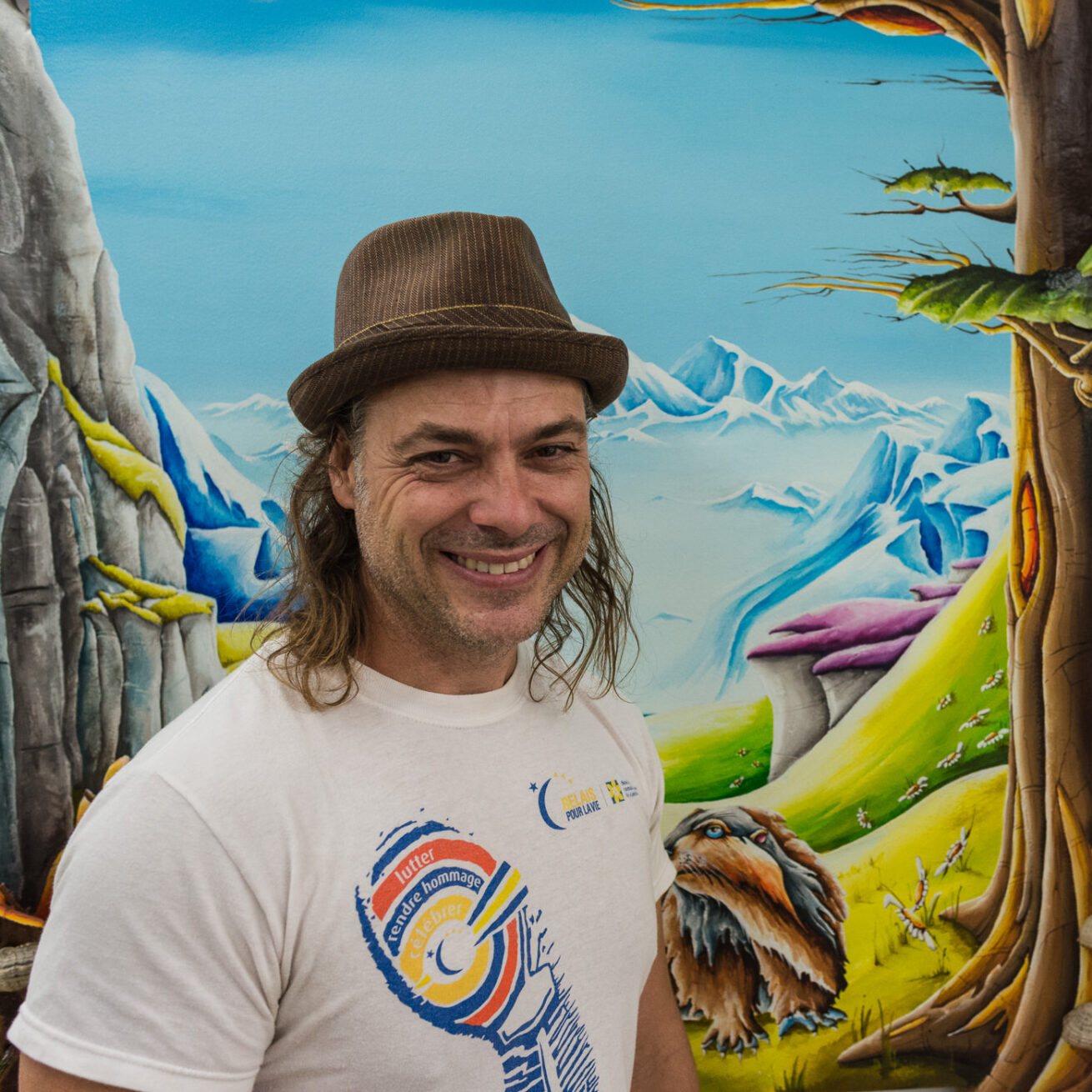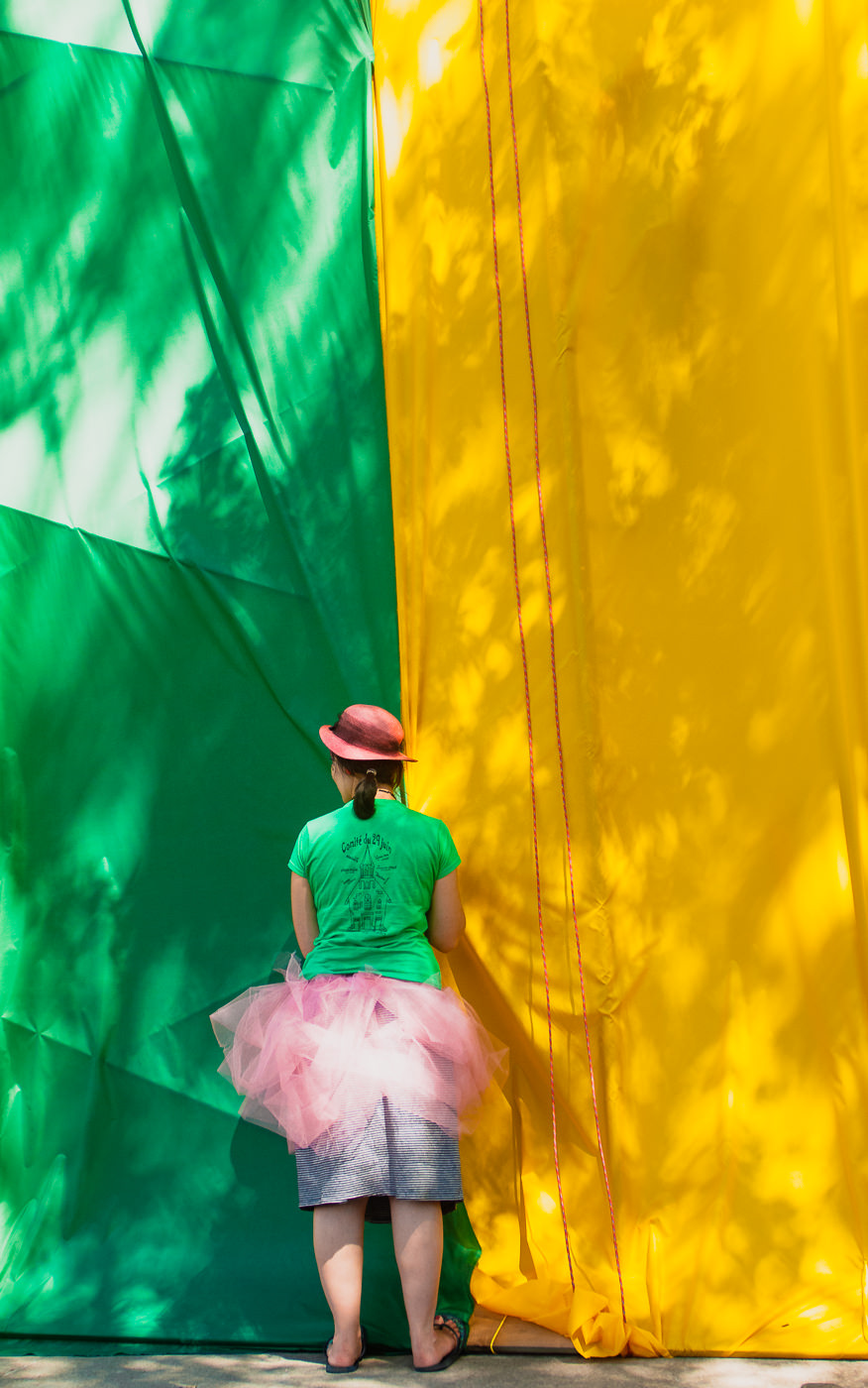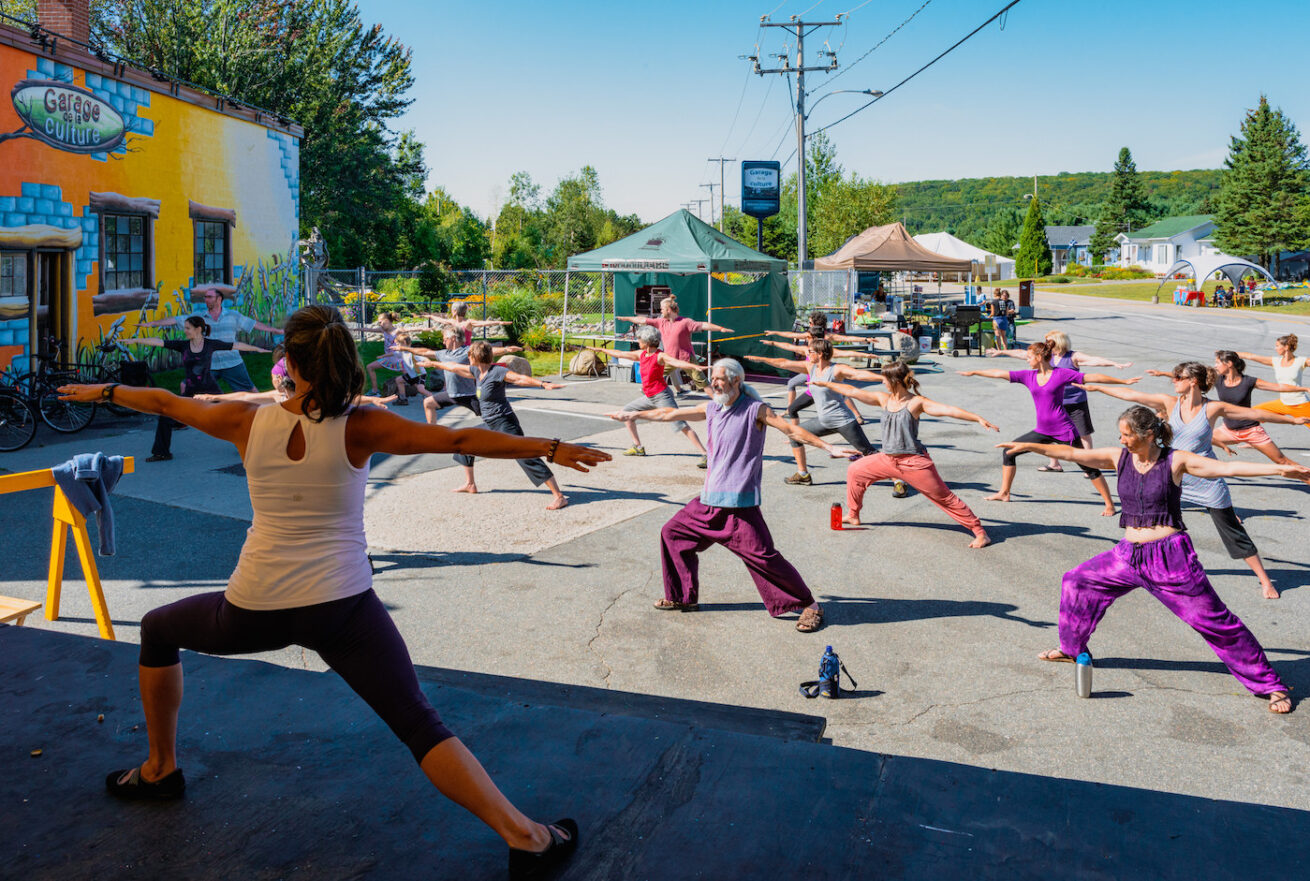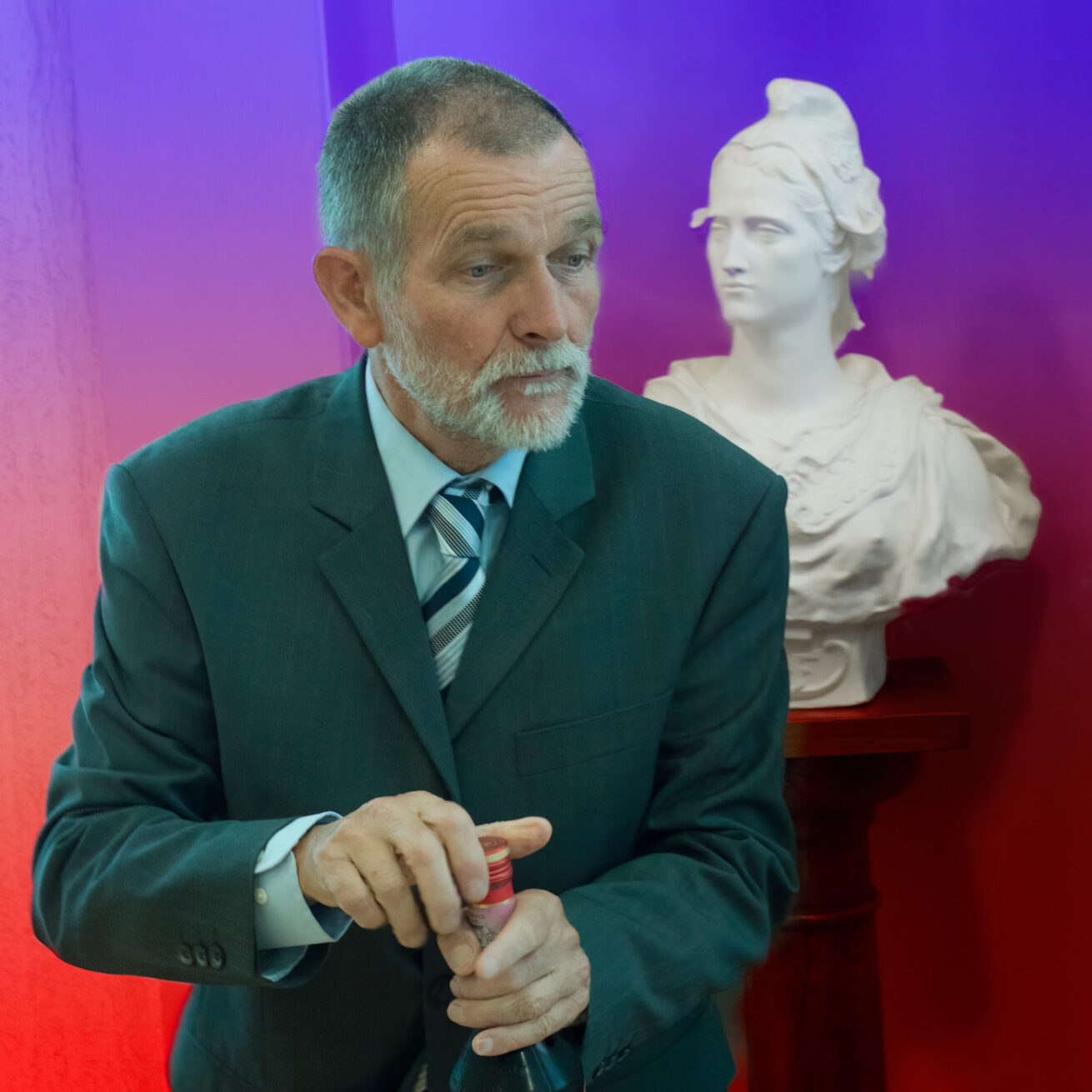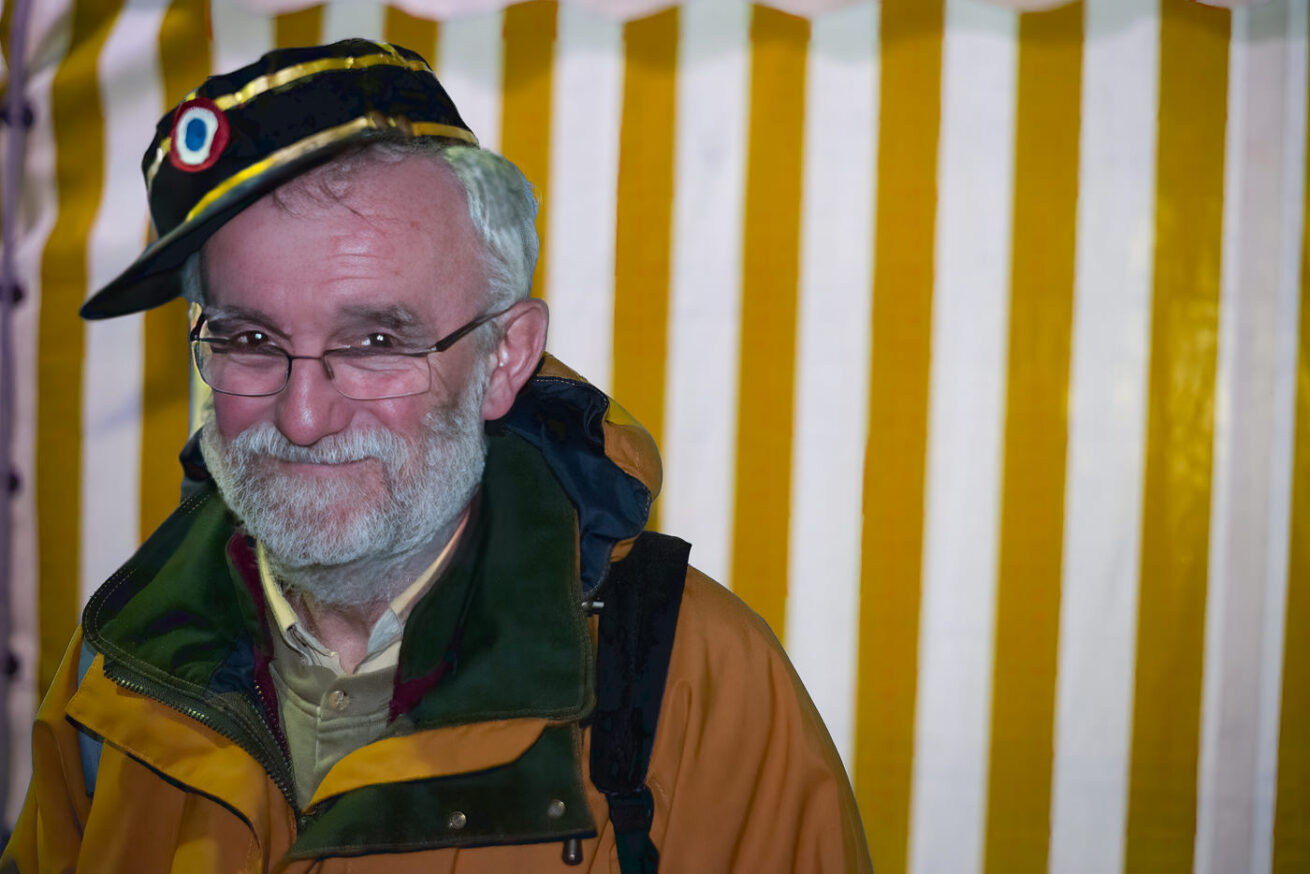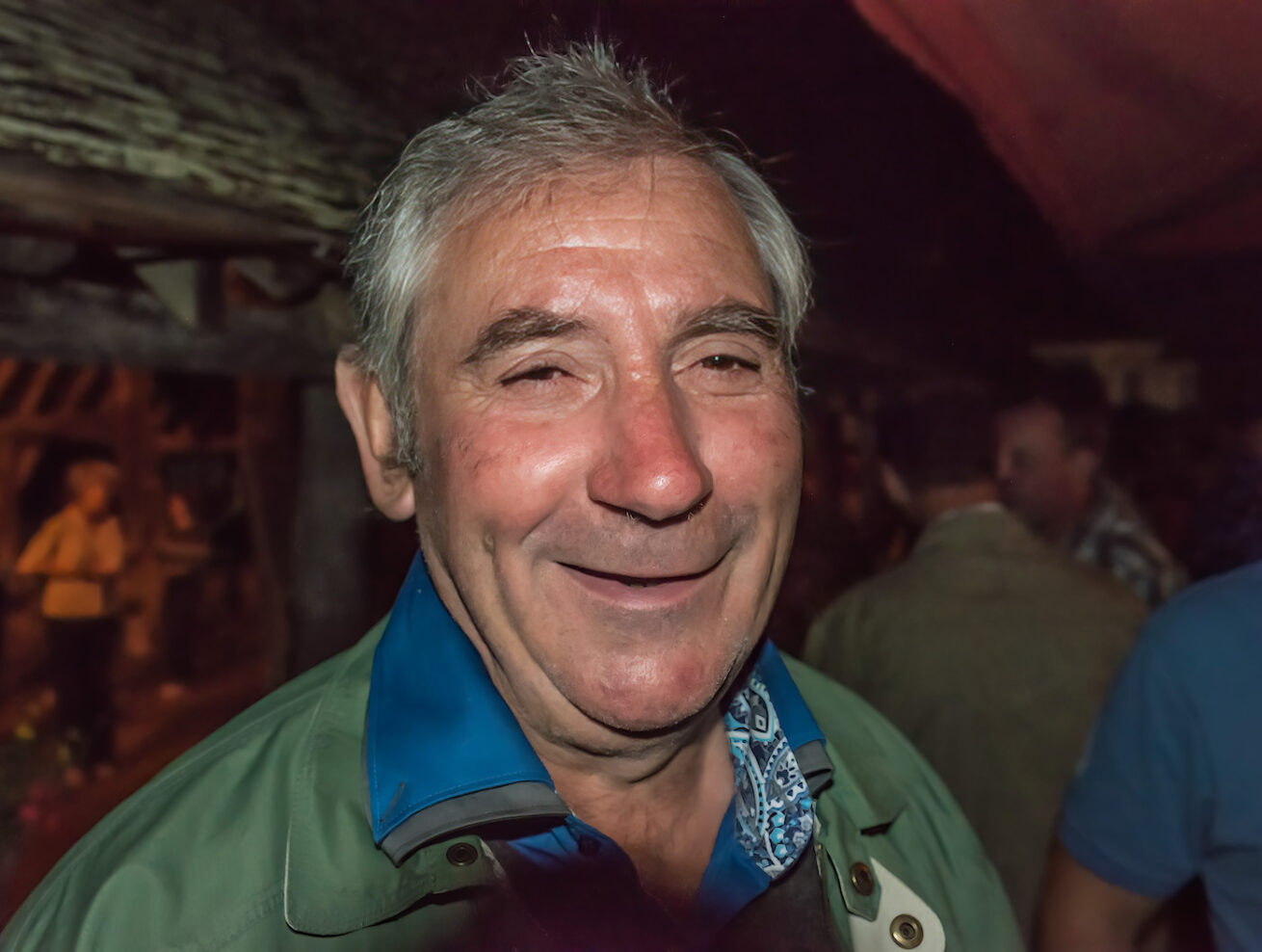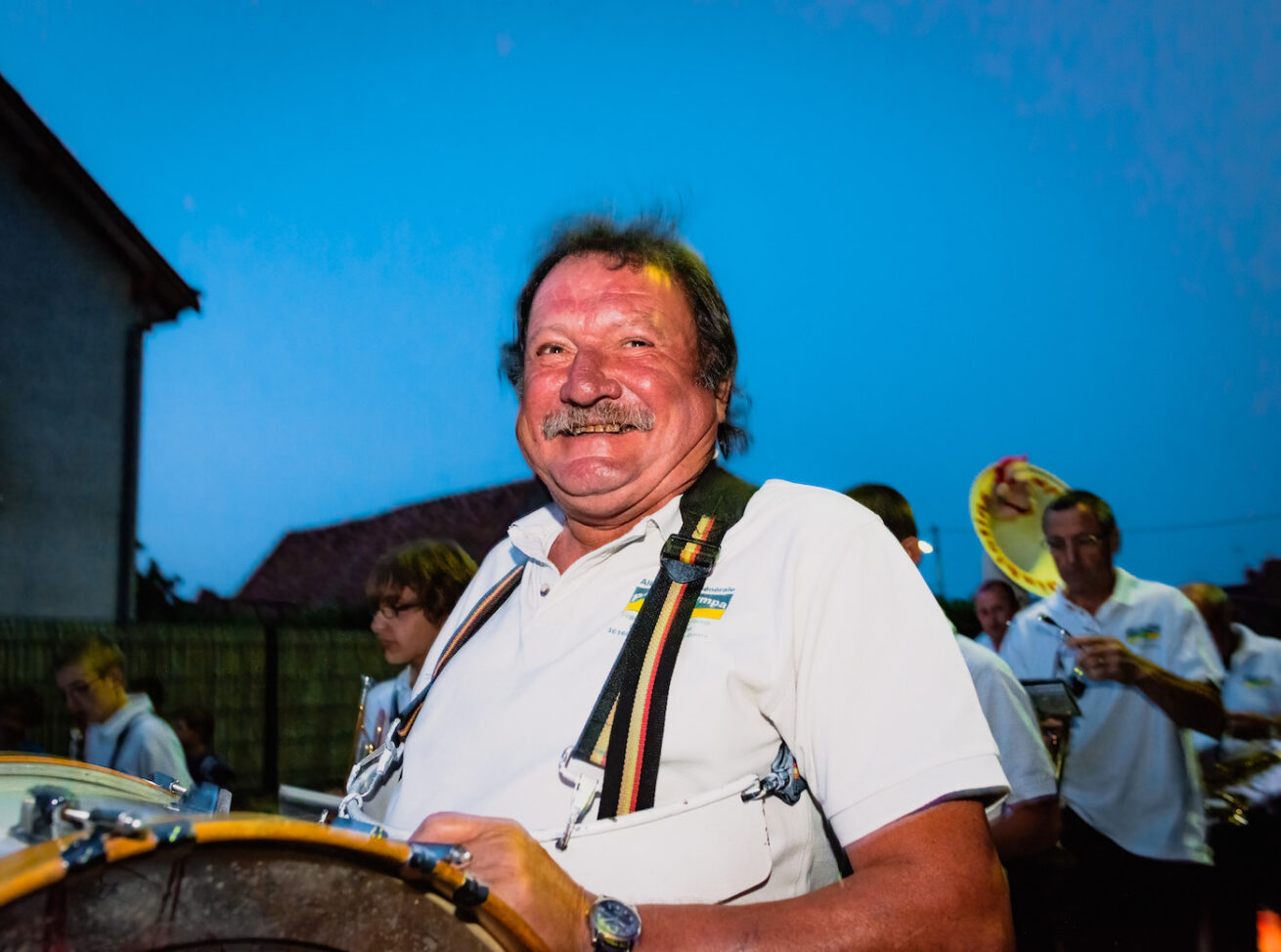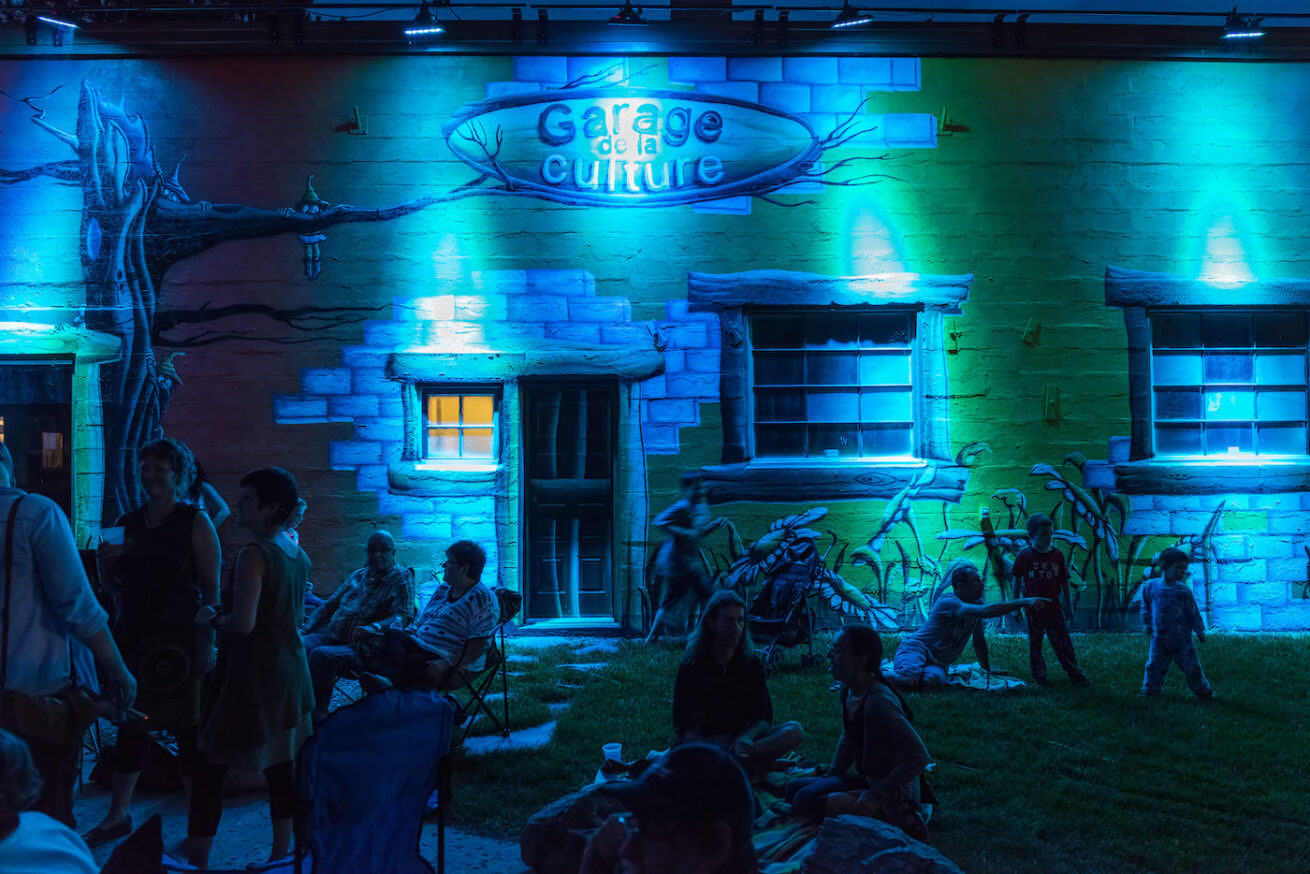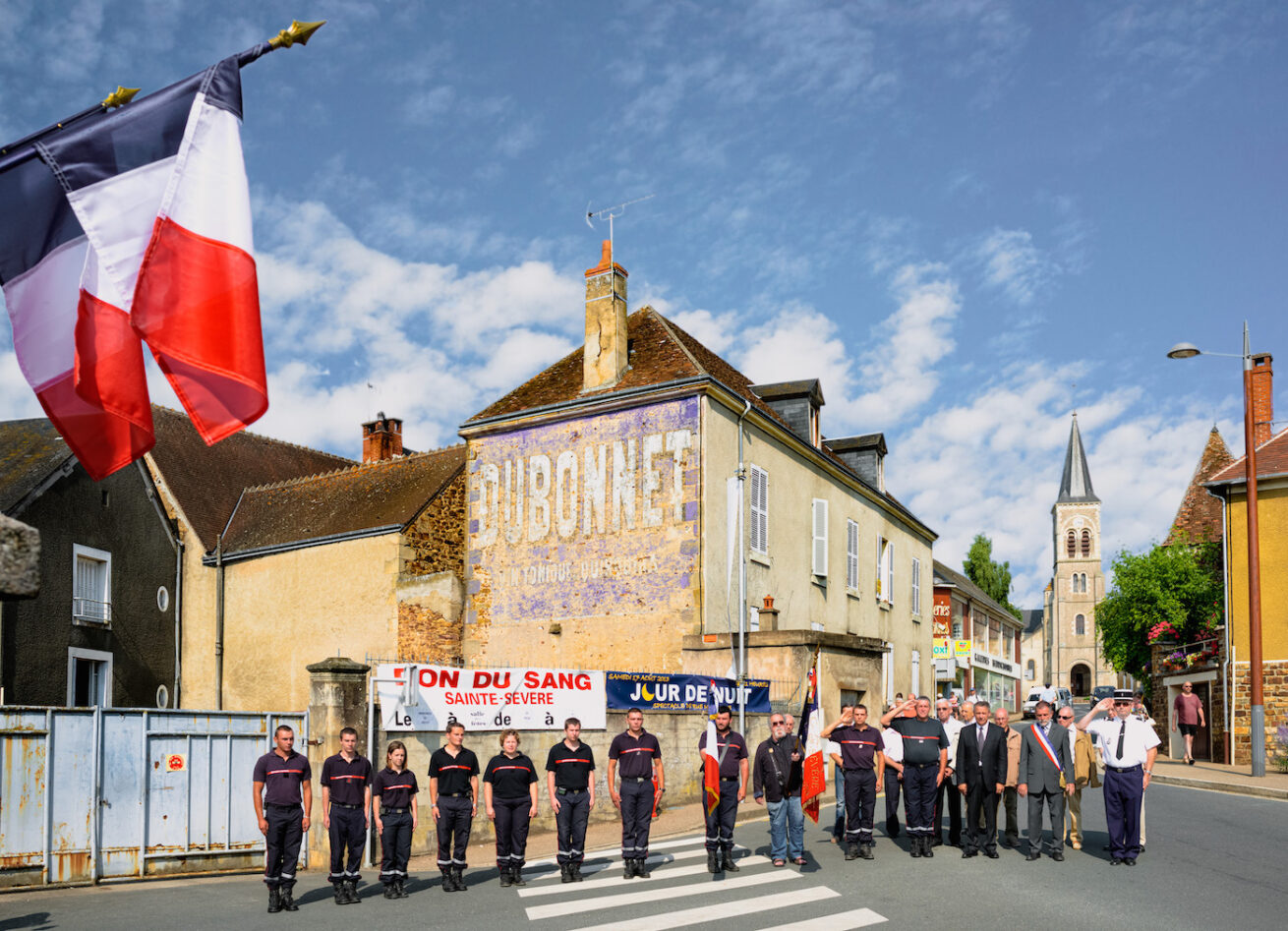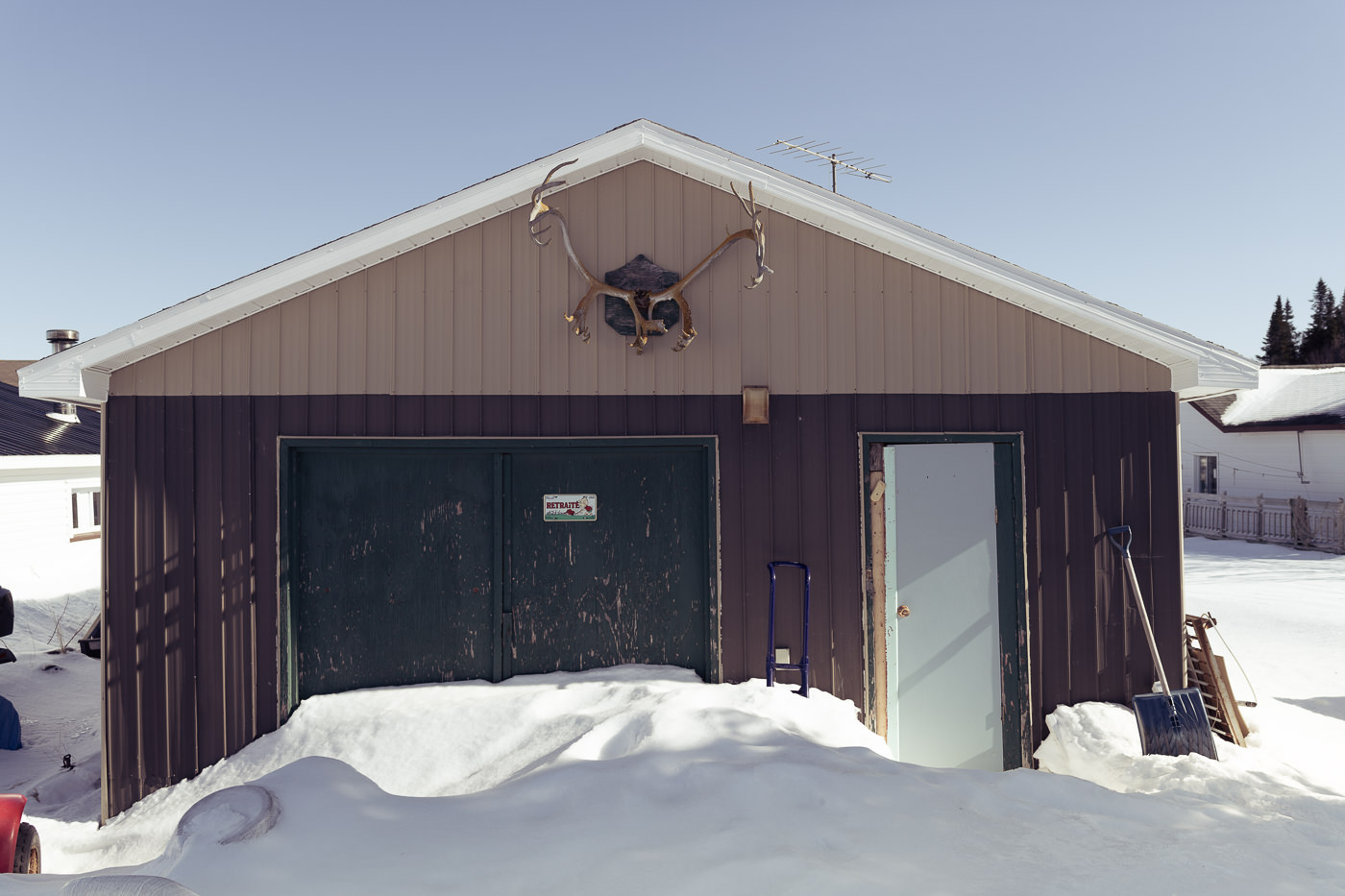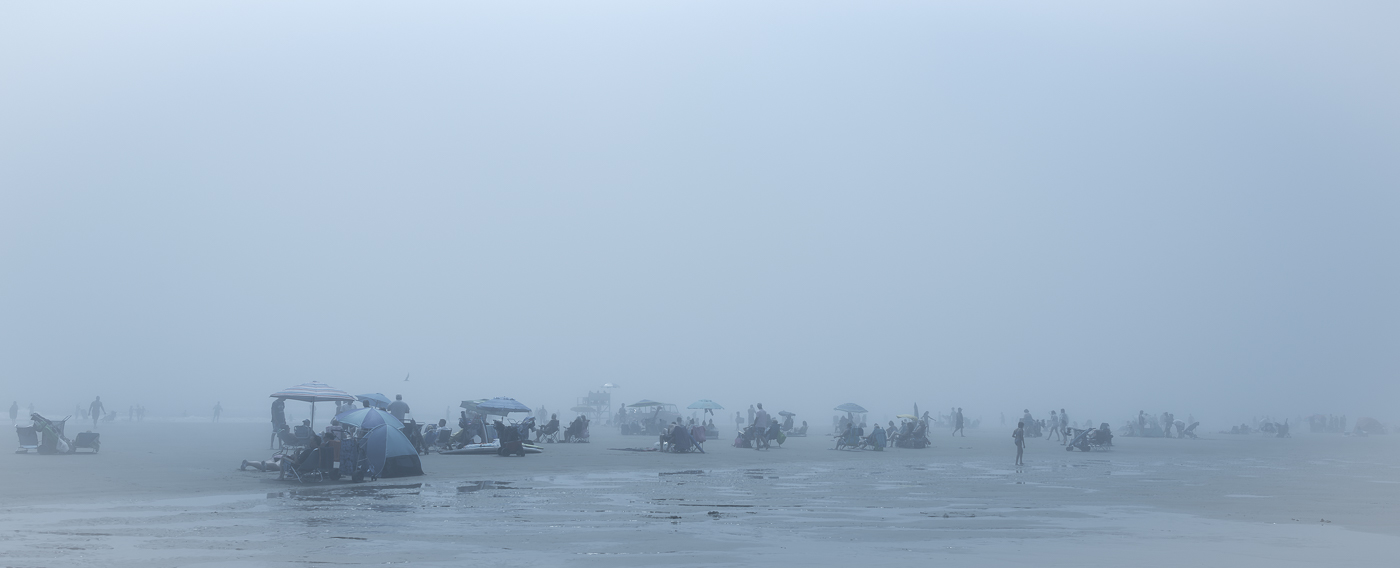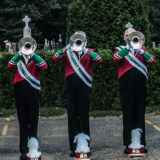
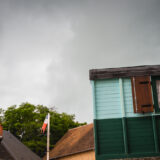








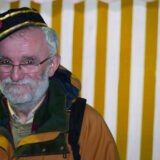


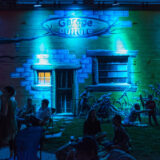

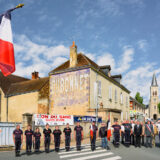
Don’t you think Fred Pellerin’s tales are closer to the truth than what we sometimes find in various media?
For my part, I’m interested in the evolution of human relations, the references and preoccupations of different societies, and how they see the future. At a time when individual values, identities, and differences are being asserted, it’s a good idea to also reflect on what brings us together.
I went to Saint Élie-de-Caxton to check out, in my photographic way, how this small village had managed to maintain its “close-knit” relationships. I’ve been back several times. These links are fragile. Even Saint Élie is not immune to dissensions. Fred Pellerin’s tales tell it, and recent events confirm it.
It’s not a new theme, as Fred Pellerin himself claims that everything has already been covered. He’s right.
Back in the 50s, filmmaker Jacques Tati, the filmmaker, also “railed” against the selfishness and, above all, the lack of warmth of modern society. He had shot ” Day of celebration ” in a little French village called Sainte Sévère sur Indre. Believe it or not, Saint – Sévère also exists in Quebec, right next to …Saint-Élie-de-Caxton. Believe it or not, the only kid whose name we hear in the film is…Fred, and so is the name of the producer…Fred.
From then on, my plan was clear. I had to go and have a closer look at both places to see how things were going. “Days of Celebrations” was an obvious choice of title.
In “Days of Celebrations”, I reflect on the evolution of community ties, which are becoming ever more distant, pulling us further apart. By choosing the festive model through a comparison of two weekends, one in Quebec, and the other in France, I observe how the two communities continue to preserve their ties, seemingly in different ways, but basically on similar principles. In some cases, images taken in Quebec could have been taken in France, and vice versa. In other cases, the cultural difference is obvious. And stereotypes are shattered.
Believe it or not, in Tati’s film, there’s also a hairdresser, who does hair just as badly as the one in Saint-Élie, or vice versa. But back to the party: humor is part of the overall picture.
It’s hard not to smile at these three musicians, whose heads and minds have been “replaced” and occupied by music, symbolized by the bell of their instrument, which happens to be aligned with the cross, the symbol of the religion that dominates it or seeks to make room for it.
Another example: on Sunday mornings, while the Quebecers go to church or yoga in a relaxed manner, which in itself is already interesting, the French “authorities” go with great pomp and ceremony to the war memorial under the auspices of LA France and… the aperitif Dubonnet, but in front of …nobody.
In the form of this work, I try to combine an aesthetic preoccupation with images taken on the spot, in real life with real people. The series, as opposed to the individual image, offers even greater coherence to the set of photographs.
In essence, this project, which has been running for several years, aims to demonstrate, sometimes with humor and tenderness, how the two villages remain “tightly knit” with different means according to the cultural history of the two countries.
As with Pellerin and Tati, my project is a plea for living together, for a convivial, inclusive society. This theme has taken on even greater importance in the current political, social, and health context.

